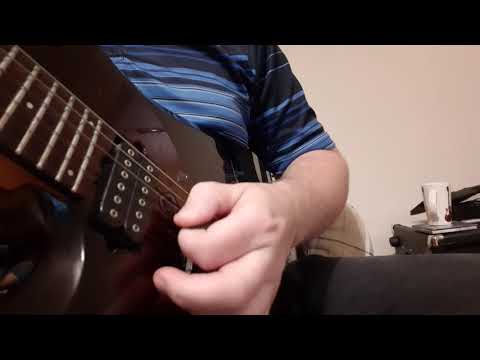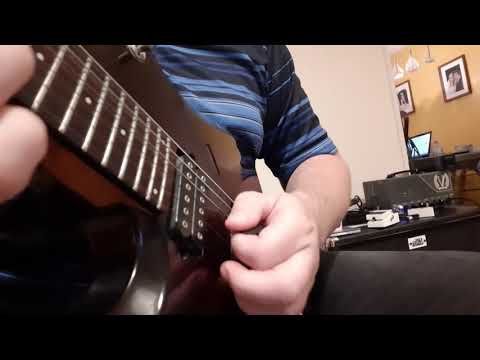Hey @Troy, thank you so much for taking your time and giving me suggestions!
I can’t tell you how excited I am to hear from you! I am just in the beginning of my guitar journey and you are such a huge inspiration for me to learn and improve my guitar technique. As a mechanical engineering student I love everything that you (and everybody on this forum!) do and clarify the motions and come up with a common language for us all. I had no idea what my picking hand was doing until I discovered CtC this March.
And I am so excited and happy to hear this from you 
Anyways, I tried what you reccomended me and I was somehow dissappointed with the results, hopefully they are not as bad as I think.
First there are clips of me playing with a metronome at 152bpm on one string, both with DBX and DSX. Then I have clips of the DBX motion with the three string pattern that I was practicing but I got rid of the string skipping part to have it fit with 16th notes nicely. I also stopped fretting each note and just held the chord shape to get rid of synchornization issues. I hope that doesn’t count as cheating!  Then I have clips of the same motion without a metronome to show speeds that I am comfortable with.
Then I have clips of the same motion without a metronome to show speeds that I am comfortable with.
So here are the audience and closeup views of the DBX motion. Honestly I struggled with getting the 152bpm purely in DBX and it took me some time to get even these takes. I just feel like my wrist alone can’t get up to those speeds while getting the downstrokes to escape properly but I think I must be doing the motion wrong.


I also recorded myself doing the same thing with a DSX motion, mostly wrist based on these speeds. I guess that worked out relatively fine. I can reach similar speeds with an USX too so I guess the problem is with DBX only. (I am using the black JP pick in one of the videos, I changed to my orange Jazz III XL after I noticed its hard to see  )
)
[EDIT: Okay so I just realized my DSX isn’t really escaping as I thought it was, this was my first time recording myself in slowmotion with a DSX and I haven’t really worked with it, I just knew that it worked for 1 string tremelos, for example in Misirlou. Thats why I thought it would be good to include it here. If it is indeed as wrong as I fear it is, I guess it should be topic for another day another thread!  ]
]


And here are my attemps at the three string triads, based on @JakeEstner’s post above I figured that I should get the upstrokes to escape in a more shallow curve. I think the way to this is to reduce the downward pickslant I had. Looking back at the videos, maybe I didn’t reduce it that much.
Do you think that might be a problem?
[EDIT: extra question ]Also here:
I had trouble applying this concept because I feel like I need the curvature to be able to get in and out of the strings, at least with the pick depth that I have currently. Is the trick to reduce the pick depth? I feel as though if I don’t imagine my wrist moving with a curve I’d just be trapped.
And here is the same thing without a metronome, so far I never played anything that requires so many string changes up to this speed so I wanted to show what kind speeds I am comfortable with.
And finally here is another clip of me trying the pattern in triplets (with the string skipping). I noticed especially here the upstrokes are going way up.
Here are all the clips that I took so far. I know this post is a bit long but thank you for your understanding and time. Also thank you so much in advance for all your wisdom and suggestions. I am looking forward to hearing from you and anyone else who would like to chime in!
I recently joined this forum and I am so happy that I did, it is amazing! I hope I can be of help to others once I get my technique figured out. 
 .
.









 Then I have clips of the same motion without a metronome to show speeds that I am comfortable with.
Then I have clips of the same motion without a metronome to show speeds that I am comfortable with.

 )
) ]
]





 ) but how do you know if you are doing it correctly if you are being sloppy and inaccurate? It’s possible to be swiping with the motion also feeling smooth isn’t it?
) but how do you know if you are doing it correctly if you are being sloppy and inaccurate? It’s possible to be swiping with the motion also feeling smooth isn’t it?
